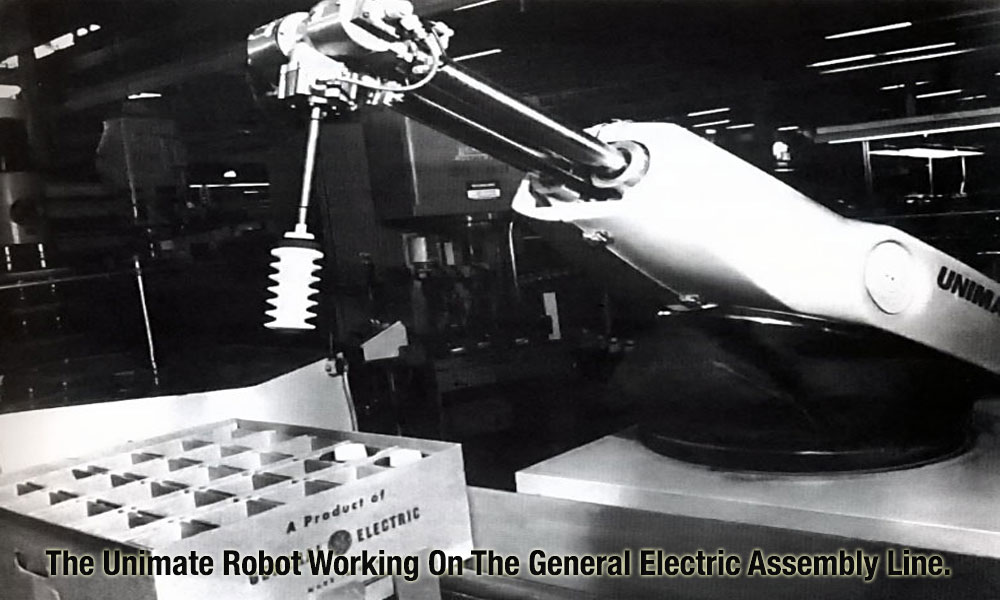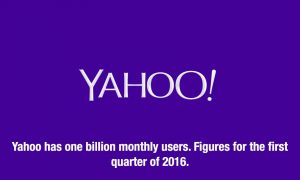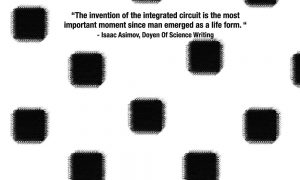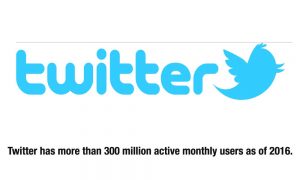The Russian Sputnik launched the Space Age in 1957. America set up a space agency, NASA as well as the Advanced Research Projects Agency (ARPA). Some observers think that as part of the Cold War Planning, a network called, ARPANET, was designed to function for resilient digital communication, in the hope that a decentralized network would not be fully wiped off in a nuclear attack. ARPANET – the first modern packet switched network – eventually evolved as the Internet, which is a combination of two or more computer networks.
Meanwhile, three major developments occurred. First, Jack Kilby, an engineer at Texas Instruments, built 1958 the first complete circuit on a single substrate of germanium. Six months later, Robert Noyce, a physicist at Fairchild, independently made an integrated circuit based on silicon and used photolithography to produce circuits on it. This led to the popular method of making ICs. Second, the idea of combining transistors led to the development of microprocessors by Ted Hoff in 1969. The third significant development was in the design and use of software.
Early Years of the Internet: A Timeline
- 1945 – Vannevar Bush, Dean of Engineering, MIT, writes about Memex, which would supplement human memory.
- 1946 – The first fully electronic computer goes operational at the University of Pennsylvania.
- 1951 – John Von Neumann, who was commissioned to study nuclear fission for the hydrogen bomb, perfects computer programming in his spare time.
- 1958 – ARPANET (Advanced Research Projects Agency Network) is formed. It is the first modern packet switching network, which paved the way for the Internet.
- 1965 – Ted Nelson coins the word Hypertext.
- 1968 – Douglas Engelbart demonstrates his inventions, a computer mouse and interactive computing mouse and interactive computing at San Francisco.
- 1969 – ARPANET goes live. It is commissioned for research on networking.
- 1972 – E-mail invented; the first communication over a network of 15 nodes (25 hosts) on ARPANET.
- 1974 – Bob Kahn and Vint Cerf publish the Transmission Control Protocol/Internet Protocol (TCP/IP), making it possible to exchange information between different sub-networks.
- 1980 – Tim Berners-Lee writes a program, Enquire, which allowed links to be made between arbitrary nodes.
- 1982 – The word ‘Internet’ is coined (short for interconnected network).
- 1983 – Official birth year of the Internet.– ARPANET switched over to ICP/IP for exchange of information.
- 1985 – By this time, Van Jacobson (US) and his team develop an algorithm to solve an engineering problem in the implementation of the TCP/IP.
- 1990 – Lee starts work on a global hypertext method. He writes a program, WWW (World Wide Web). — ARPANET is decommissioned; the US National Science Foundation takes over control of the Net.
- 1991 – Lee releases the first Web page, consisting of text. — The first web server installed outside Europe. — US National Science Foundation lifts its restrictions on private enterprises using the Net. Several navigation protocols (e.g. Gopher) emerge.
- 1992 – HTTP (Hypertext Transport Protocol) becomes operational worldwide, and the www technology becomes freely usable by anyone.
- 1993 – Marc Andreessen develops graphical Web browser Masaic. WWW enters the public domain.
1994 – 10,000 www sites work with over 1500 registered servers. New www technologies emerge: Java, JavaScript, and Active X. Mosaic was renamed Netscape. - 1995 – Sun Microsystems releases Java. IBM releases Operating System 2 and Microsoft introduces Windows 95.
- 1996 – Hotmail introduced.
- 1997 – Online music, games and blogs take off.
- 1998 – Cable Internet access becomes available at 10 Megabit per second from the traditional 56 kbps.
- 1999 – America Online (AOL) takes over Netscape.
- 2000 – Internet technology uses high-speed fixed wireless links.
- 2004 – Global community of open source programmers led by Mozilla Foundation releases Firefox, a browser to rival Microsoft’s Internet Explorer.
A century after Babbage struggled to build an automatic computing machine, Lt. Grace Hopper learned to program the first large-scale digital computer, Harvard’s Mark-1. She was instrumental in the development of the Common Business Oriented Language or COBOL for computer programming (1960). Since then, Hundreds of more specialized applications languages have been created.
The first industrial robot Unimate, was put to work in New Jersey (1961). The American Standard Code for Information Interchange (ASCII) was developed to standardize data exchange among computers (1963). A new computer language, BASIC (Beginner’s All-purpose Symbolic Instruction Language) was also created (1964). The time had arrived to revive the idea of Vannevar Bush. A computer expert, Ted Nelson (1965) recalled the idea of Bush with gratitude and outlined a computer that would write in a non-linear format a hypertext, designed to being up a document from a short quotation. That was a major turning point. Ted’s project, called Xanadu, was designed to access the world’s information, but it could not take off for want of funds. But the idea survived.




















